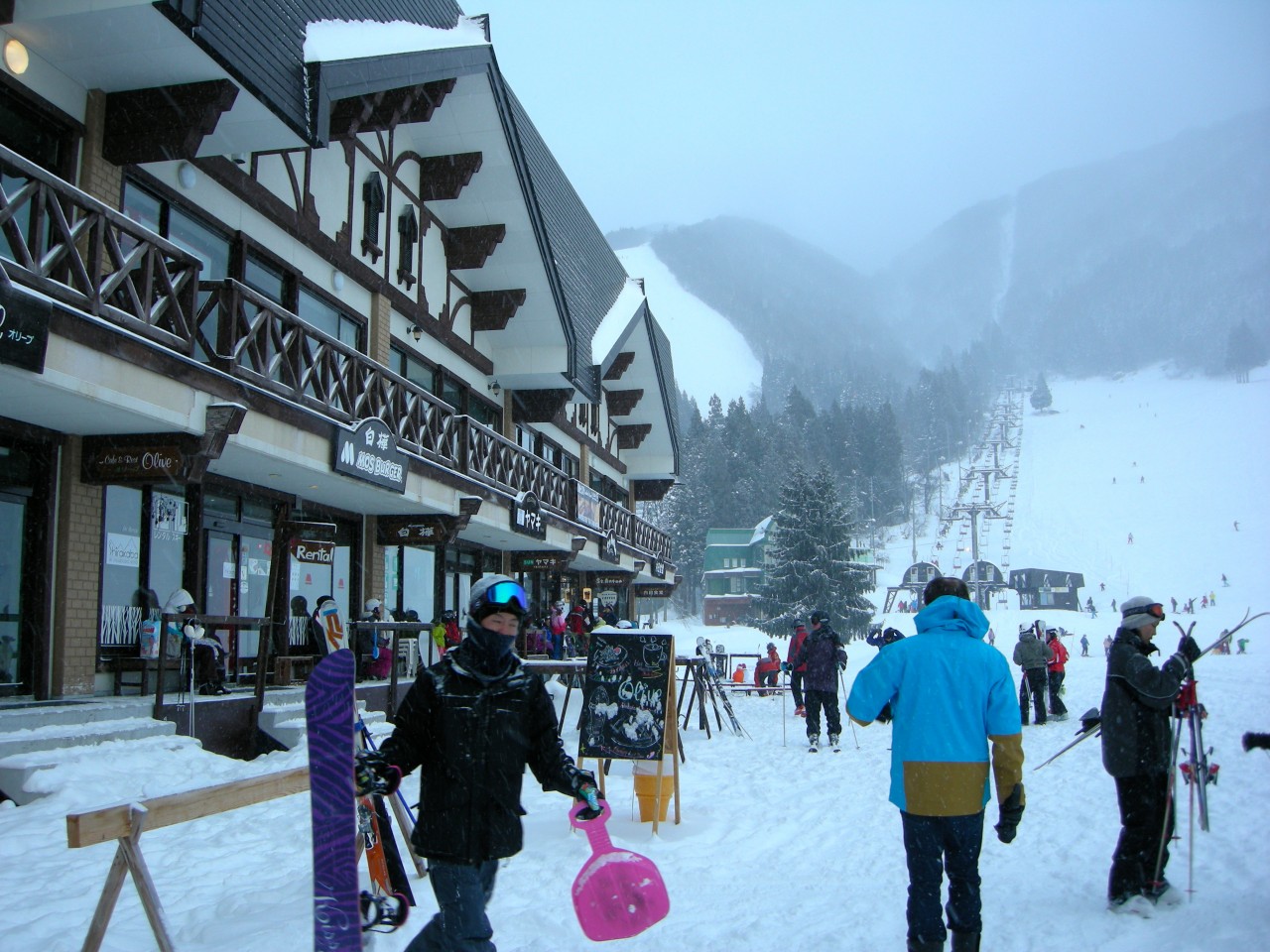 Most people jetting to Japan try Tokyo, Kyoto or, during winter, the mountain resorts of Hokkaido. But on a Semester at Sea educational voyage, the idea is to go off the beaten track when on land.
Most people jetting to Japan try Tokyo, Kyoto or, during winter, the mountain resorts of Hokkaido. But on a Semester at Sea educational voyage, the idea is to go off the beaten track when on land.
After 12 days at sea last January, the World Odyssey docked at Yokohama and my husband and I raced off to take a local train, two bullet trains and a bus to reach Japan’s first ski resort, Nozawa Onsen. Our two-day trip was meticulously planned by concierge tour operator, Scout Ski, which scouts out and packages all their favourite resorts in Japan, Europe, North America and New Zealand.
Wowed from the start by the beautiful snowy landscape of Japan’s foothills, we were greeted at the traditional Ryokan Sakaya with a delicate ceremonial tea service, ‘his and her’ kimonos, and a room complete with tactile tatami mats and flat futons. Not the typical North American ski lodge!
Trudging uphill in borrowed Wellies past steaming, roadside hot springs, we rented all our ski gear – skis, boots, clothing, gloves and goggles – from St Anton Sports in readiness for skiing the next day. Exactly as the hype promises, the powder was so profuse and light that skiing knee-deep was effortless. Thin sunshine broke through the storm in the afternoon revealing an expansive landscape of peaks, pinnacles and pretty valleys. So the snow, landscape, gear and lift system all felt similar to North American ski zones, but many cultural norms are different. In fact, Scout Ski provides a field guide defining everything from the subtle but vital difference between bathroom slippers and hotel slippers to the rituals of the gender-separated onsen hot tubs.
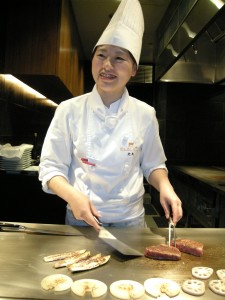 Crossing south next, we chose another convoluted chain of impeccably-timed trains and buses to reach the port of Kobe, Japan’s most cosmopolitan city and home of the famous beef. Luckily we had cached our calorie capacity in advance on the ski slopes, making room for the multi-marbled meat, Kobe’s Benediction red wine, Kobe onions and even local lotus root at top restaurant, Kobe Plaisir. Here, four courses are served straight from a gigantic stainless steel hot plate right in front of diners, marveling at the meticulous handiwork of celebrity chefs.
Crossing south next, we chose another convoluted chain of impeccably-timed trains and buses to reach the port of Kobe, Japan’s most cosmopolitan city and home of the famous beef. Luckily we had cached our calorie capacity in advance on the ski slopes, making room for the multi-marbled meat, Kobe’s Benediction red wine, Kobe onions and even local lotus root at top restaurant, Kobe Plaisir. Here, four courses are served straight from a gigantic stainless steel hot plate right in front of diners, marveling at the meticulous handiwork of celebrity chefs.
After hobnobbing with ex-pats at the Hobgoblin Pub to get some food tourism tips, we tailored an itinerary that took in sake sampling at famous Fujuku Sake, a fresh fish feast at traditional ryokan-style KuraKura Restaurant in Tarumi Ward and afternoon tea at Mikage Takasugi Tea Room.
To earn more calorie currency, we walked along the Akashi Kaikyo Bridge, the world’s longest suspension bridge, taking the elevator to the top for a 360-degree panoramic perspective of the southern city, harbor islands and mountains.
Walking around the hillside Kitano European Settlement, we toured the 100-year-old Weathercock House, checked out cutting-edge anti-earthquake construction techniques at the Takenaka Carpentry Tools Museum and opened our eyes to Kobe’s foremost industrial and nautical achievements at Kawasaki World and Maritime Museum . A great way to maximize our muscle mobility before boarding the World Odyssey for a sedentary seven-day sea stretch to China.
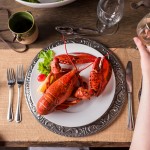 If you’re looking for things to do in Nova Scotia, add these seven culinary adventures to your East Coast road trip itinerary.
If you’re looking for things to do in Nova Scotia, add these seven culinary adventures to your East Coast road trip itinerary.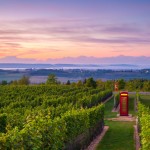 If you're on East Coast Canada, here are the best Nova Scotia wineries and Nova Scotia breweries to visit this year.
If you're on East Coast Canada, here are the best Nova Scotia wineries and Nova Scotia breweries to visit this year.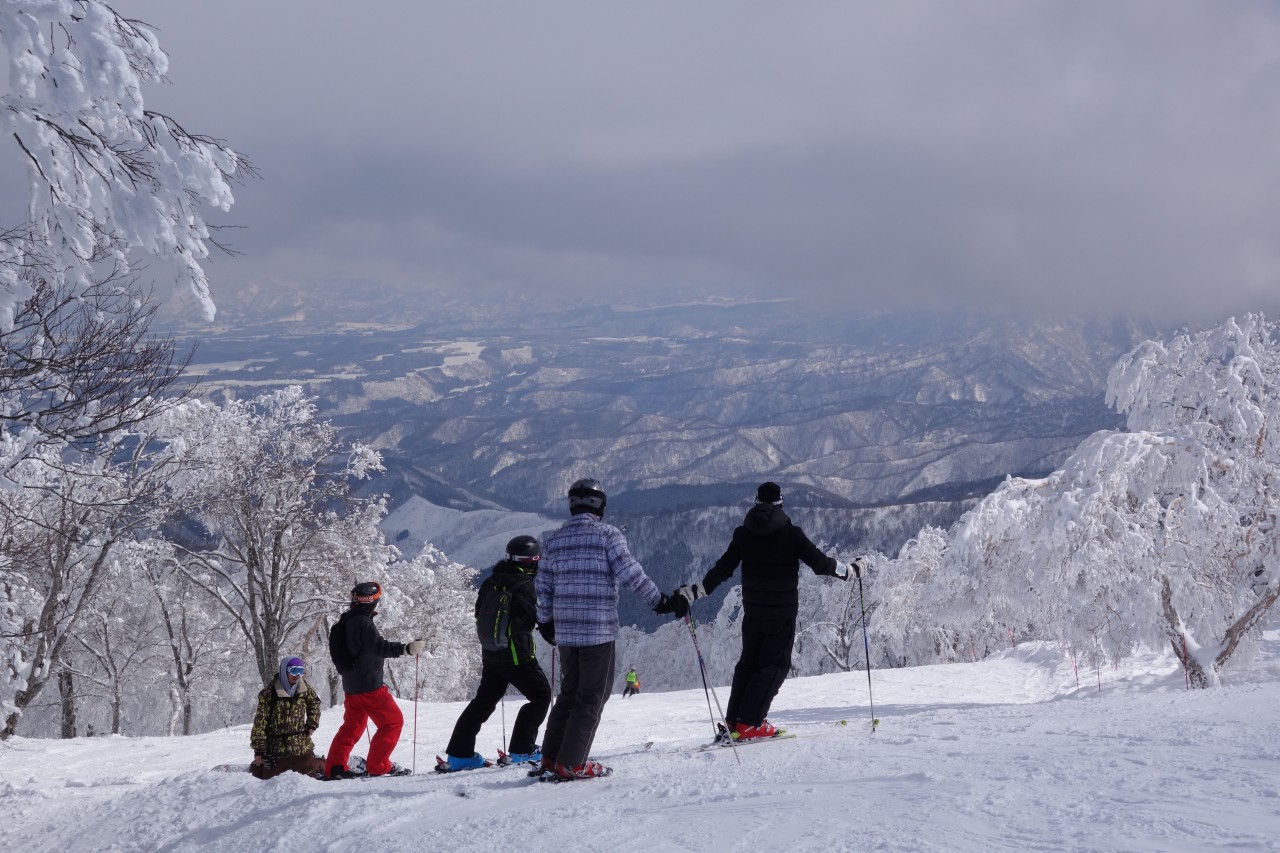



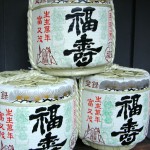
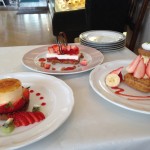
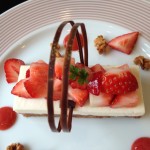
Leave a Reply